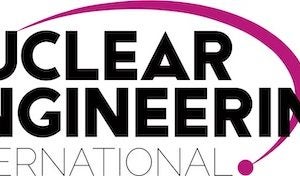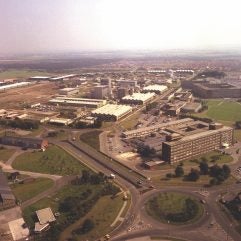
The nuclear industry boasts a rich and complex history, marked by both groundbreaking advancements and significant setbacks. British scientists, for example, were preeminent in the development of nuclear energy through to the early 1940s. Since then, the nuclear industry has undergone substantial change, from new innovations to new projects and now an unwavering policy focus on climate change and reaching net-zero targets, brings a renewed focus on nuclear as a reliable, clean energy source. This is one of the reasons why the industry is expected to increase by almost 3% annually through 2026. Once home to a Royal Ordnance Factory, Birchwood Park – located just outside Warrington in the UK – has become a central hub for the UK’s nuclear resurgence and serves as an example of this nuclear revival.
As one of the most successful centres for nuclear services in the UK, Birchwood Park houses more than 165 companies, with over 40% directly involved in the nuclear sector and many more indirectly, as part of the wider supply chain. All of which operate within state-of-the-art, purpose-built facilities, whilst delivering some of the industry’s most innovative projects.
Origins of a nuclear powerhouse
The origins of Birchwood Park begin in 1938 with the construction of Royal Ordnance Factory (ROF) Risley. During World War II, this 927-acre (374 Ha) site employed up to 30,000 people and produced over a million mines and half a million high explosive bombs. Despite being bombed itself once, the factory survived the war largely unscathed.
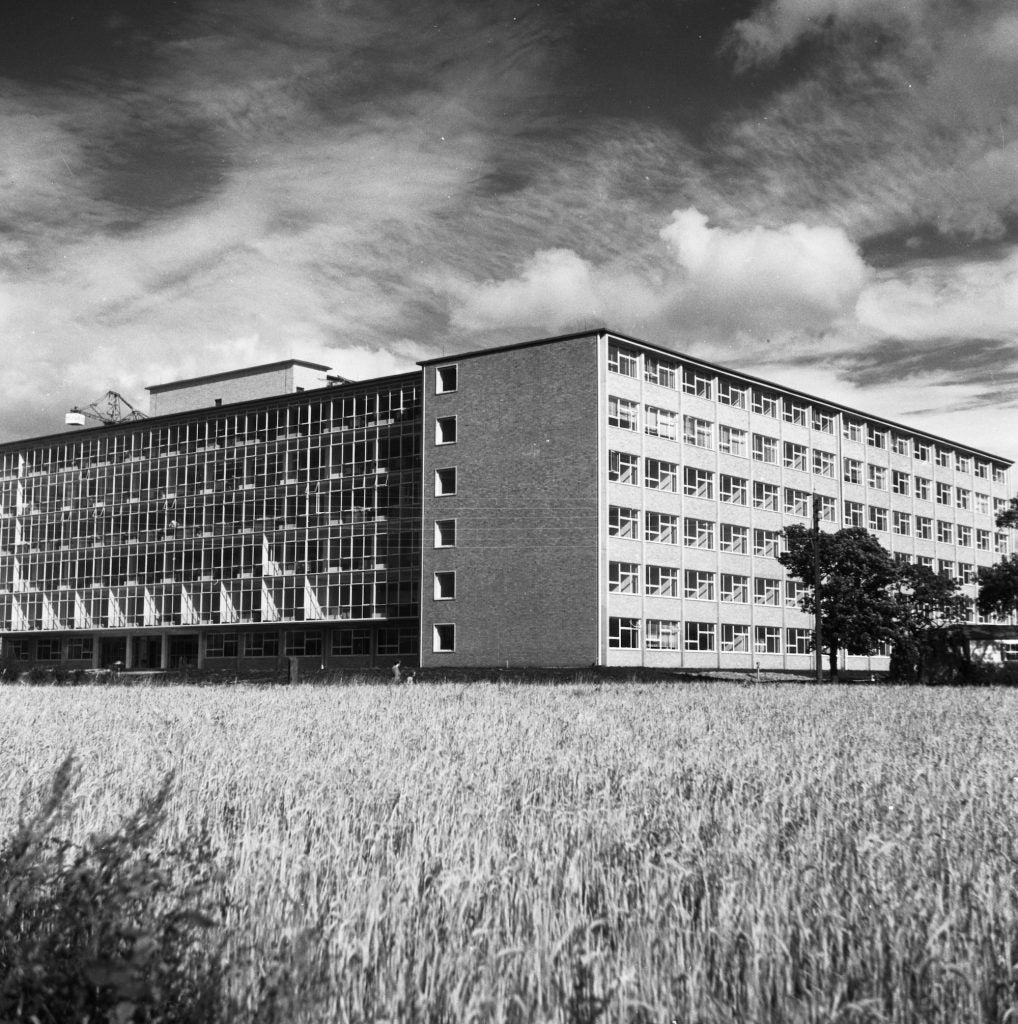
In 1946, the site was chosen as the headquarters for development of the Industrial (Production) Group of the Ministry of Supply (MoS) – Department of ATomic ENergy (DATEN), by Deputy Controller, Sir Christopher Hinton. This decision laid the groundwork for Birchwood Park’s nuclear future.
The Risley offices rapidly expanded with a succession of temporary buildings and by January 1954, the MoS ‘Division of Atomic Energy’ parted ways with the MoS and became the ‘Department of ATomic ENergy’. In August of the same year, the United Kingdom Atomic Energy Authority (UKAEA) formed to take over the atomic energy functions of the Ministry of Supply. The MoS – Division of Atomic Energy (Production) (D. At. En. (P) ) thus became the UKAEA Industrial Group.
The number of staff at the Risley site employed by UKAEA had reached 1,200 and was almost entirely accommodated in temporary buildings. 1955 saw the first permanent building built on the Risley site, which became the headquarters of the UKAEA Industrial Group. The same year, the UK government issued the Programme for Nuclear Power, assigning the UKAEA Industrial Group the role of the development of economic nuclear power. Enabling the UKAEA Industrial Group to supply fuel elements for the first phase of UK reactors (Magnox reactors), which were designed and built by industry, and in turn to receive and process irradiated fuel from those reactors.
By 1956, the UKAEA had created a dedicated centre to manage every phase of the UK’s nuclear fuel cycle, from the initial design and construction of new reactors all the way through to their eventual decommissioning. After rapid expansion in the subsequent years, the UKAEA became a major employer in the region, boasting a workforce of 4,500 by 1970 through the civil nuclear programme. And, as the nuclear industry evolved, so did Birchwood. The 1960s and 1970s saw the gradual transition from a government-owned site to a mixed-use development.
In 1968, Warrington New Town purchased the remainder of ROF Risley and the clearance of the old ROF site began in 1973. This clearance paved the way for the creation of Birchwood Park as we know it today but in 1978, as part of the works, an area of moss woodland at Risley to the east of Birchwood was re-watered. This move was taken to preserve the core of the moss in a condition approximating to its original pre-ROF state and the site was later designated as Risley Moss Nature Reserve.
The area surrounding Birchwood, Oakwood and Gorse Covert had seen significant development, with thousands of housing units, over 330,000 sq. metres of industrial facilities, 37,300 sq. metres of office space, and commercial units completed by 1981. This rapid growth transformed Birchwood from a former munitions site into a thriving business park and residential area.
This journey of Birchwood Park from ROF Risley to a world-class nuclear cluster mirrors the evolution of the UK’s nuclear industry itself. And it continues to play a crucial role in the development of clean energy solutions today.
A world-class nuclear hub
Following the sale of Birchwood Technology Park (then owned by the UKAEA) to MEPC, the Park was created and the journey of growth with new occupiers began. With its strong nuclear origins, the site was considered a leading nuclear research and development hub at the time it officially became Birchwood Park in 1998.
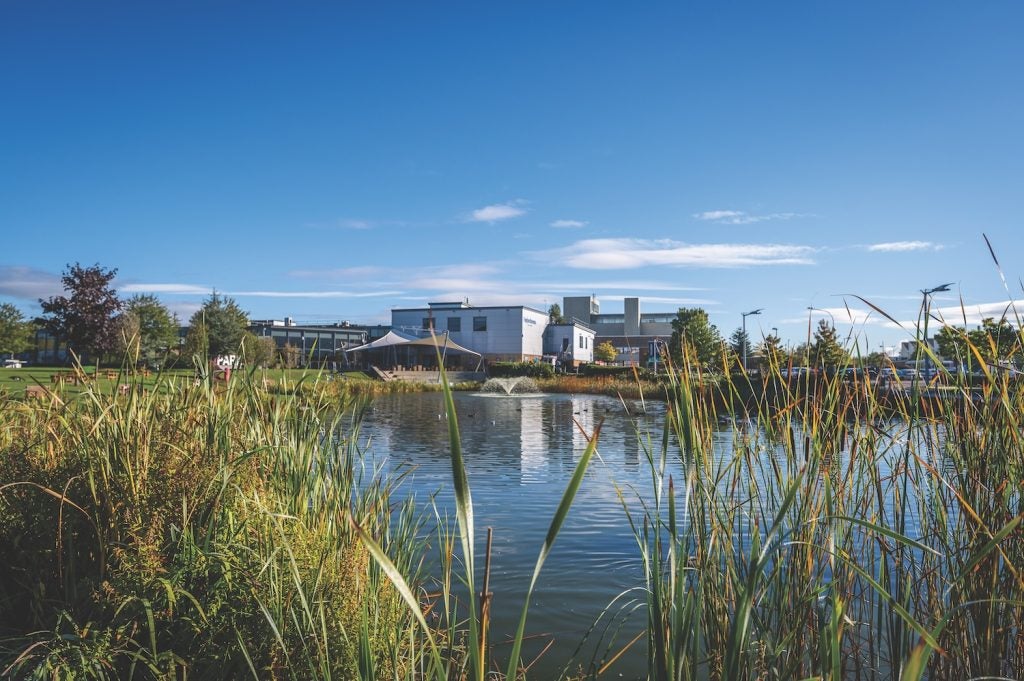
Attracting a range of companies seeking office space in the North West of England and nestled between the major cities of Liverpool and Manchester, Birchwood Park was an ideal spot for businesses looking to tap into the region’s skilled workforce and its excellent transport links. Moreover, its strategic positioning boasts the largest catchment area for talent outside of the M25 London orbital motorway and its proximity to a range of universities further enhances its appeal to businesses.
As the Park grew, so did its contributions to nuclear innovation and clean energy, becoming a hotbed for research and development, with global companies and organisations working on a range of cutting-edge projects.
A notable example of this, is the work carried out by Cavendish Nuclear, a wholly-owned subsidiary of Babcock International Group, which provide a comprehensive range of critical nuclear solutions across the clean energy, defence and civil decommissioning sectors, both in the UK and internationally. Meanwhile, Cavendish tackles the duality of cleaning up the nuclear legacy, whilst propelling the industry forward and leading in the integration and delivery of complex nuclear engineering projects.
In addition, Birchwood Park hosts a range of pioneering projects on site, including the manufacturing process of Small Modular Reactors (SMRs), research on advanced fuels and reactor systems and advancements in nuclear waste management techniques. These innovations not only push the boundaries of new nuclear technologies but also contribute to the UK’s clean energy goals, with Birchwood Park playing a vital role whilst working towards the UK’s net-zero targets.
Nuclear engineering form Jacobs carries out major research and testing work for new build and decommissioning clients at its 12,000m2 complex of laboratories and engineering test facilities, the largest of its kind in the UK’s commercial nuclear industry. Reaffirming its commitment to the site and the nuclear sector, the company recently announced that its nuclear, defence and cyber security businesses, which employ nearly 1,500 people at Birchwood Park, are to merge later this year with Amentum, whose UK head office is also on the Park.
With a significant number of Birchwood Park’s occupiers operating in the nuclear industry, the Park stands as a testament to the power of focused development and collaboration. Its purpose-built facilities including secure office spaces for sensitive projects, specialised laboratories and collaborative zones for cross-company innovations, such as the EngineRooms have created an environment where its occupiers can thrive whilst contributing to UK and global nuclear capabilities. The park’s role in the nuclear industry serves as a crucial link between research, industry, and government, facilitating the flow of knowledge and resources that drive the sector forward.
Accelerating innovation
Birchwood Park’s success as a nuclear cluster offers valuable insights for those seeking to advance their nuclear technologies. The Park’s model demonstrates how concentrating diverse nuclear expertise in one location can significantly accelerate development through cross-pollination of ideas and resources.
The microcosm of efficient innovation at Birchwood Park is evident with its occupiers working on different aspects of nuclear technology. From research and development to reactor design and waste management, the synergy is hard to replicate in isolated settings. This cluster approach enables a collaborative and enriching environment, with shared learning and more efficient use of resources.
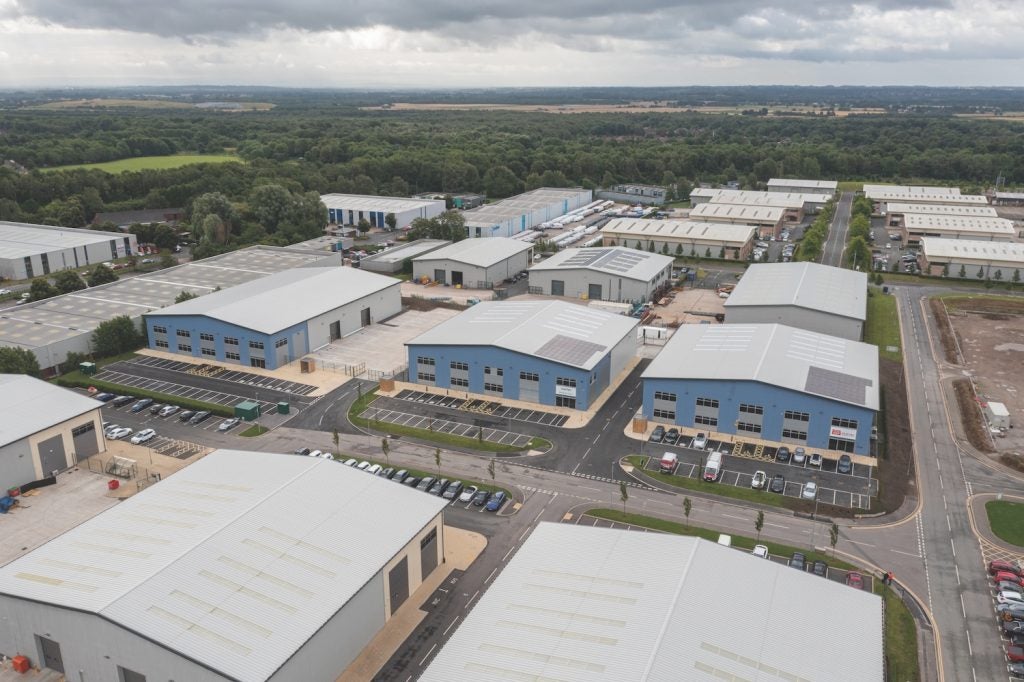
Moreover, the presence of both global companies and startups cultivates a dynamic environment where traditional knowledge and fresh perspectives are integrated. Nations looking to develop their nuclear capabilities can learn from this model by creating dedicated zones which encourages collaboration between research institutions, industry players, and regulatory bodies.
As global energy demands continue to rise and the need for sustainable solutions become increasingly urgent, Birchwood Park stands poised to play an even more crucial role in the development of nuclear energy.
Recent announcements in the UK of the most substantial expansion of nuclear power in 70 years and global ambitions to triple nuclear capacity signal an exciting new chapter for the nuclear industry. The future developments of larger nuclear projects and SMRs across the country and beyond presents a wealth of opportunities for the Park’s occupiers in the years to come.
With investment into new nuclear power creating thousands of jobs and bolstering global energy security, the Park stands ready to support this expansion with its world-class facilities and expertise.
Birchwood Park’s near 90-year evolution to a thriving epicentre of nuclear innovation is testament to its continuing role in realising nuclear ambitions that stretches back to the earliest days of nuclear energy and through to the next generation of nuclear technologies. Now the Park is poised to power the energy transition and inspire a new generation of nuclear pioneers.





